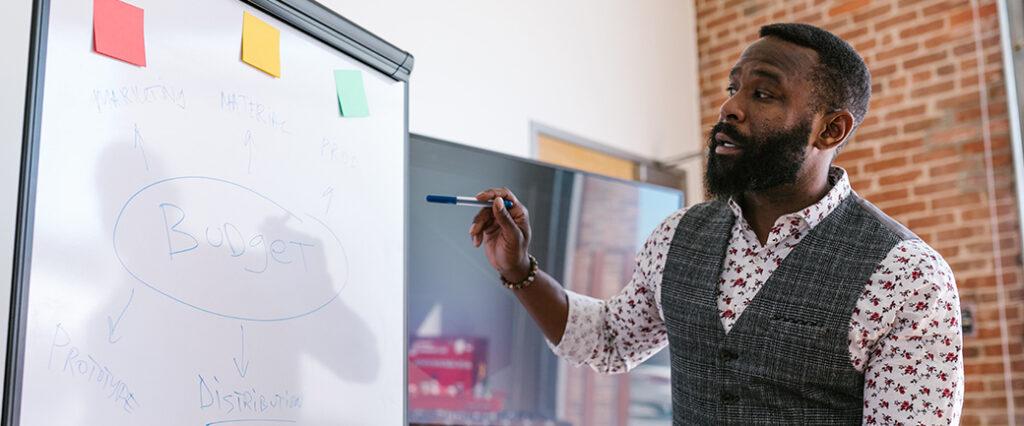Consumers have a huge range of options for banking and financial services in the modern landscape, which means companies need to work harder to ensure ongoing brand loyalty. Enhancing the customer experience through both technologies and strategies have become more important for organizations. I recently traveled to Boston with others on the BlastX team to take part in the CXFS (Customer Experience for Financial Services) Conference, an event focused on exploring customer experience innovations—particularly post-pandemic.
Interestingly, the emphasis on employee engagement was just as strong as it was for consumer engagement. Below are some of our team’s key takeaways from the event.
Successful Customer Journey Optimization

Customer journey optimization is still a very important process that requires collaboration across all customer-facing teams, as well as careful documentation. However, a “set it and forget it” mentality can easily take hold. How can we convey to leadership and other stakeholders one of the goals of our research is to continually refine the customer journey? To bring some clarity to this issue, the BlastX team led a workshop at the event that emphasized experimentation as part of ongoing customer journey optimization work. It’s an iterative process that tests assumptions, and it can bring your team relevant insights that will help with quickly and efficiently improving the customer experience.
Personal vs. Personalized Experiences in Financial Services: What’s the Difference?

It’s no surprise that omnichannel was top of mind for practitioners in financial services and fintech, considering that consumers interact with products and services through a wide variety of channels. In order to stay relevant, organizations of course need to provide certain levels of personalization—but from a service-oriented perspective, the need for more “personal” interactions through digital mediums was talked about at length. One example was the possibility of offering one-on-one virtual financial coaching for members via app, chat or phone. Another example: building an interactive knowledge hub for members, which service teams can then utilize for follow-up conversations. Both of these examples are less about collecting data, and more about how that data can be leveraged to create better, more personalized communications with customers.
Fostering CX Buy-In in Your Organizational Culture

It’s one thing to talk to customers, but it’s another thing entirely to get internal “buy-in” to support CX efforts on an ongoing basis. Many subject matter experts showcased how they essentially grew into the role of “change agent” to advocate for customer experience methods at their organizations. This meant providing CX training for business units, as well as proactively putting the customer’s needs first in all product, marketing, and sales-led conversations. For them, embracing a collaborative approach to CX meant that initiatives could be celebrated not just by practitioners, but by the organization as a whole.
The Importance of Customer-Centric Leadership in Financial Services

The “Experience Maker” is a new breed of leader—one who is flexible, puts customers front and center, and is helpful in the most creative ways possible. This can be a critical role in an organization, especially for those who are looking to improve customer experiences, digitize business processes, and create better internal alignment. The future of customer experience holds so many opportunities for leaders to grow companies’ bottom lines while still preserving “customer-centric” mental modes. At the end of the day, empathy and inquisitiveness are still considered the most important assets in any CX toolkit.

